Description
Another addition to the range of Pensil DIY speaker cabinet kits. They are a Mass Loaded Transmission Line alignment developed specifically for the Mark Audio driver range by Dr. Scott Lindgren. The plan sets are free to download and build yourself and are hosted over on the Frugal-phile website. This speaker kit for the Alpair 12P full range speaker drivers has been created to make building your own as easy as possible. As a physically large kit this is made available in either birch ply or 18mm MDF to keep costs down a little. It is machined by CNC to provide an accurate and repeatable way for you to build this DIY full range loud speaker. The edges are mitred like the rest of our speaker kits to make them easy to glue and fold up. Take a look over at you tube page to see the method we use. This Super Pensil 12 speaker kit is constructed from top quality birch ply or MDF and the cabinets are fully braced which results in a really inert cabinet and as good a quality construction as can be found in even very high end speakers. This kit makes speaker building simple.
For those wanting to build their own from scratch you can down load an outline of the sizes here.
Here are a few words from Dr Scott Lindgren about the Pensil designs:
The MLTL is a variation on the vented box theme, but has a number of differences from a regular bass reflex type. The majority of bass reflex / ducted vent enclosures are derived based on Helmholtz (cavity) resonance theory, which assumes a uniform internal air-particle density, and no Eigenmodes (standing waves) present. For enclosures where the overall dimensions are relatively close to each other, this serves quite well, once the enclosure is appropriately damped. However, the assumptions begin to fail when one dimension is stretched relative to the others. In such cases, the standing waves begin to affect the behaviour of the enclosure and its output. Therefore, a quality enclosure design will account for these when developed, either attenuating, or, as is the case with MLTLs, actively using the standing waves as part of the enclosure alignment / tuning, rather than pure Helmholtz behaviour. There is no penalty for doing so (one is not ‘faster’ or ‘slower’ than the other for e.g.), and a number of advantages can be obtained.
In the case of the Pensils, the enclosure has a large volume compared to a normal vented box, and the longitudinal standing wave is factored into the enclosure alignment. Without damping, the result is a large excess of enclosure gain over a relatively broad tuning compared to a typical vented box. The enclosure is then stuffed, to typical transmission-line levels, with damping material. This provides a much-flattened impedance load similar to a pure transmission line, but with relatively broad-band gain. (Note: technically, if the electrical TL analogy is to be applied narrowly, a TL would be an enclosure designed to provide the flattest possible impedance load, with no other considerations at all. The term is rarely applied so narrowly: even Bailey’s original article on the subject used the terms ‘Transmission Line’ and ‘non-resonant’ in its title, and then proceeded in the main text to describe an enclosure that was, in fact, resonant). The Mark Audio drive units have a small amount of low-frequency gain built into their responses. Under typical room conditions, this matches well to the enclosure output, and avoids the need for shelving filters. The cabinets are designed to have a removable back: the owner can then trim the quantity of the stuffing material to suit their own room acoustics and personal preferences, without needing to make physical changes to the enclosure itself.
In any enclosure that uses standing waves as part of the alignment, the position of the driver (location of excitation) affects the behaviour, most significantly the activation of harmonic modes that occur in an un-tapered line at odd multiples of the fundamental. End loading (placing the driver at the ‘closed’ end of the line) will ensure maximum excitation of the fundamental, and all the harmonic modes. By adjusting the tap location (where the driver is positioned along the axial length of the line), it is possible to reduce the excitation of these unwanted harmonic modes (which are further attenuated by the stuffing within the enclosure. Note that while it is often claimed that stuffing reduces the speed of sound in a transmission line, in fact, as proved by Augspurger, King et al, this reduction is in fact quite small). Adjusting the position of the vent can also have an effect on output; in the case of the Pensils, it is deliberately located at the end, partly because they were intended to be as physically simple as possible, but also because the driver position and relatively high stuffing density are sufficient to reduce the effects of the unwanted harmonic modes without needing any offset to the vent position.
Please note that:

Wood glue is not included with this kit, but is available here. If your order is not going to be delivered to an address in the UK, you should not order wood glue from us as it may cause the package to be held by Customs in your country. Instead, you should purchase it locally.
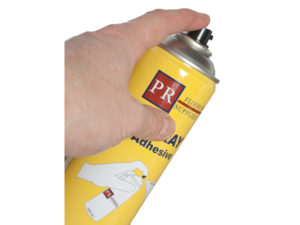
Contact Spray adhesive is not included with this kit, but is available here. If your order is not going to be delivered to an address in the UK, you should not order contact spray adhesive from us as it may cause the package to be held by Customs in your country. Instead, you should purchase it locally.

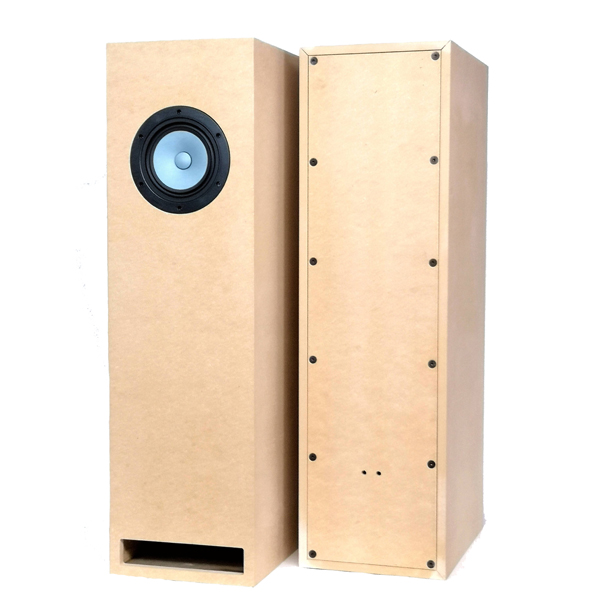
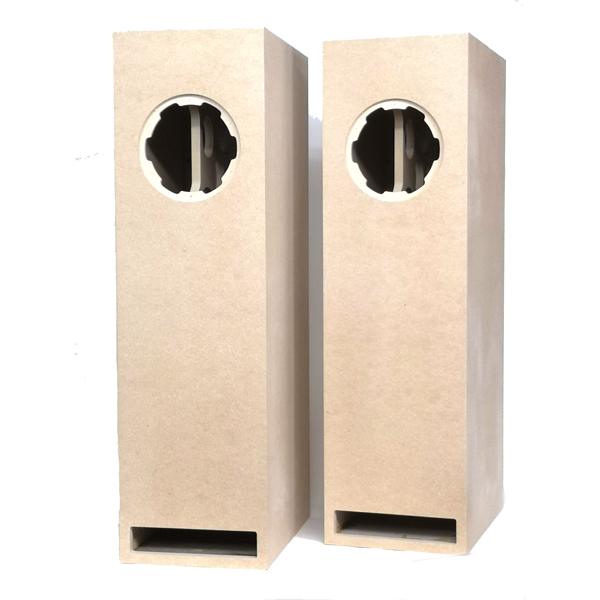
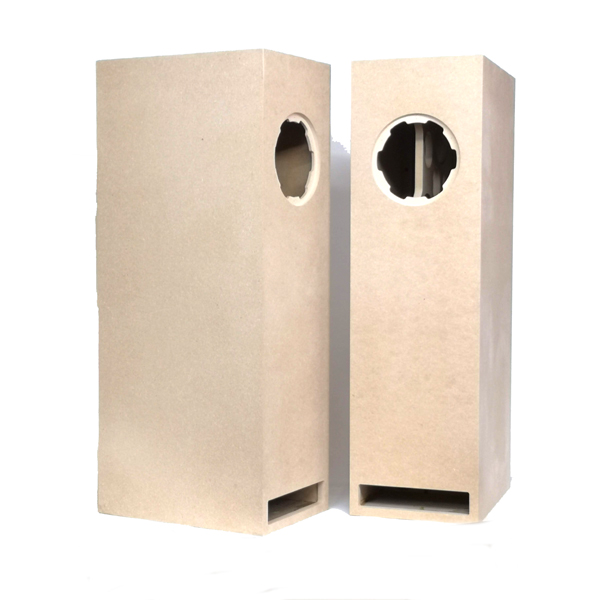
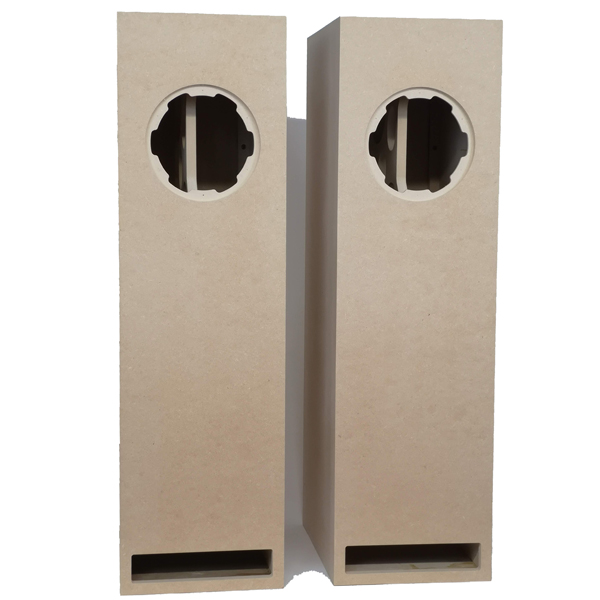
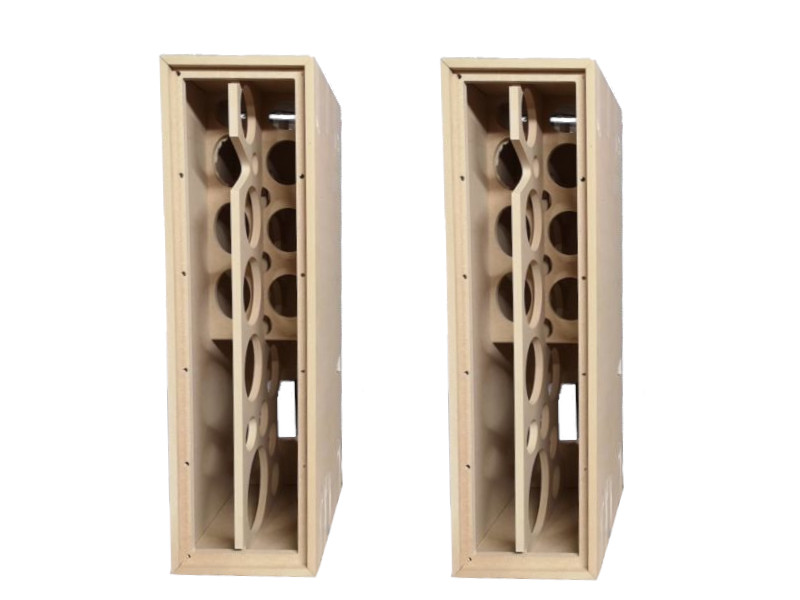

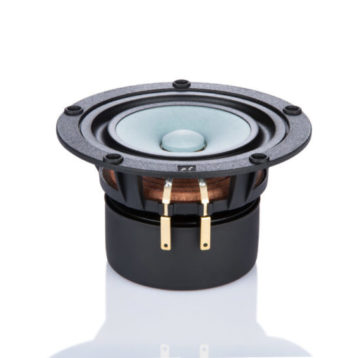
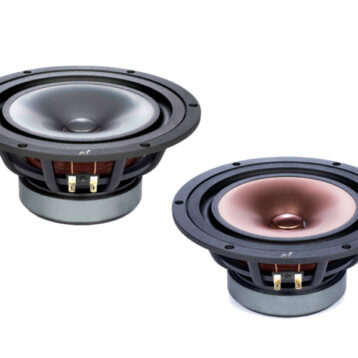
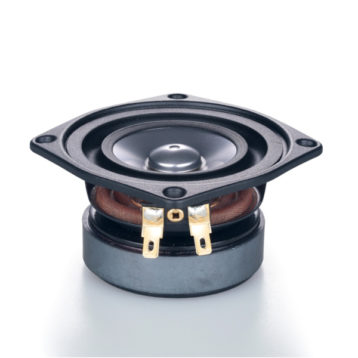
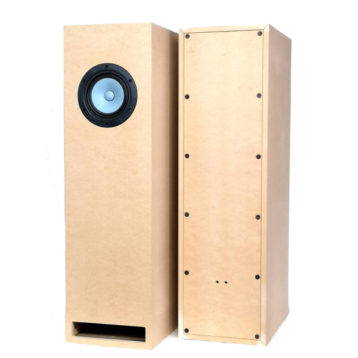
Reviews
There are no reviews yet.